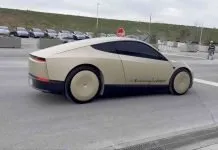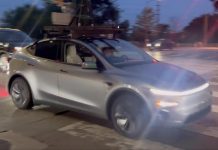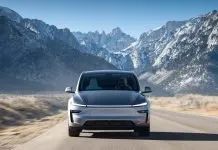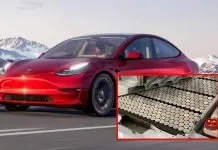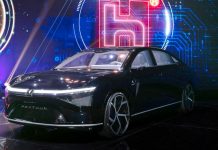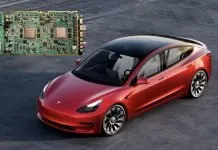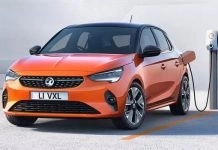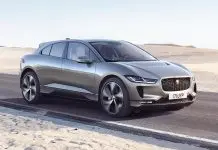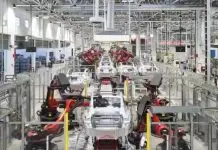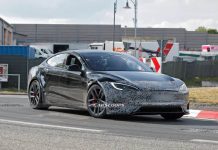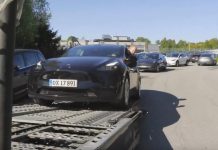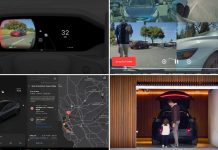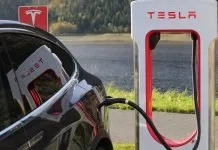Tesla has officially confirmed that its much-anticipated autonomous ride-hailing vehicle, dubbed the Cybercab, will run on a brand-new vehicle platform delivering an astonishing 5.5 miles per kilowatt-hour (kWh). This has been stated in the latest Impact Report published by Tesla and is part of the company’s vision for continuing to excel in the areas of mobility, sustainability, and innovation in the future.
Were this energy-efficiency gain to be achieved at scale, the Cybercab would become one of the most efficient electric-powered vehicles (EVs) ever conceived to enter production–the achievement with the potential to represent a massive transformation in the economics of electric-powered autonomous transport.
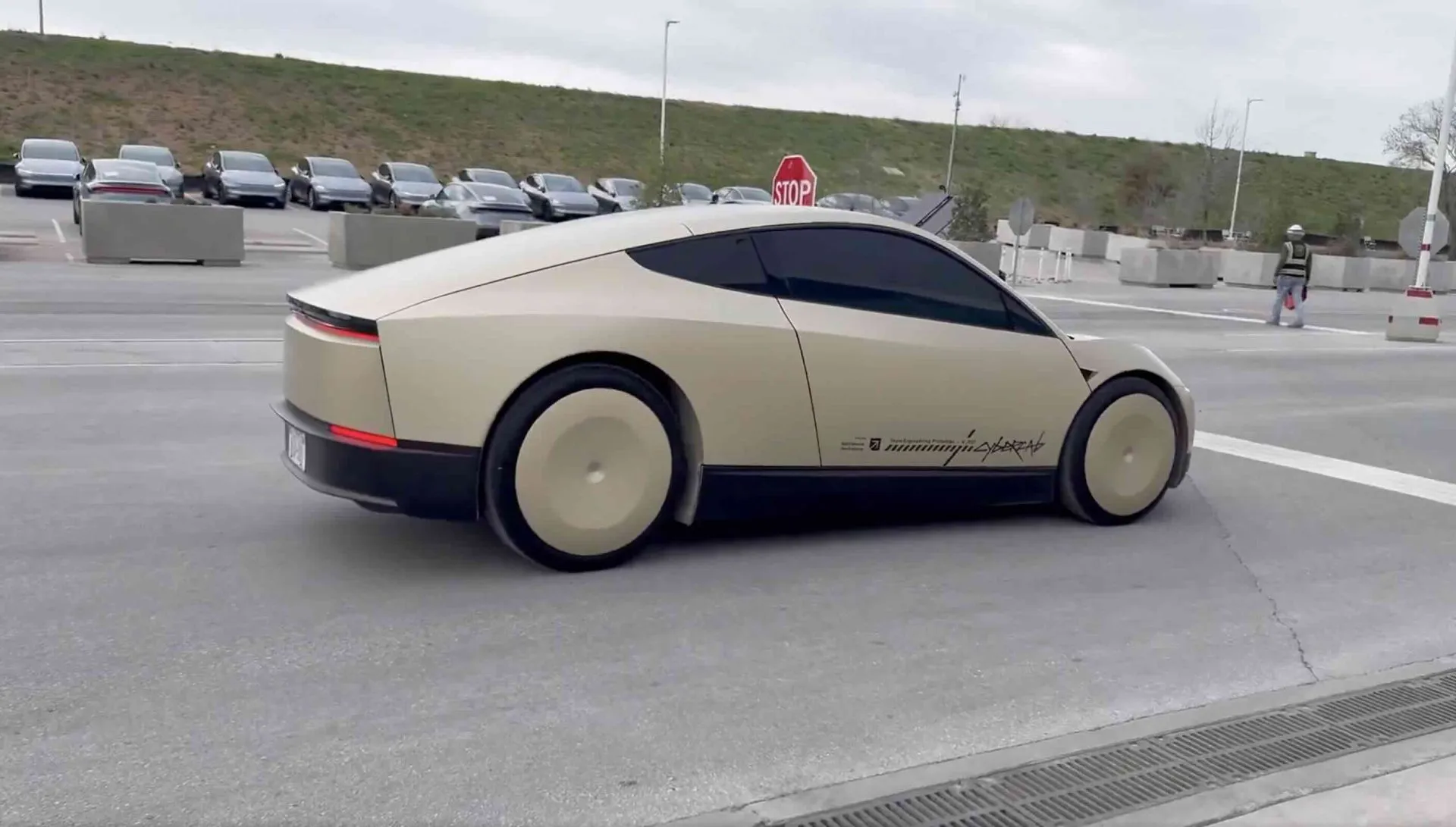
New Platform Designed for Autonomy and Efficiency
Tesla CEO Elon Musk has been talking about a future of robotaxis long enough; however, the 2024 Impact Report is the first time Tesla has included specific performance metrics related to the Cybercab. The Cybercab would almost double the efficiency of EVs in the market today at 5.5 mpg per kWh. To give a reference, the base-configuration Tesla Model 3 currently averages about 4.0 to 4.2 miles per kWh, depending on the model.
This increase in efficiency is not an accident. The Cybercab is said to be constructed on an entirely different vehicle platform, not the Model S/3/X/Y, and designed to be ready-to-autonomous-use in design and the utmost amount of energy preservation. According to Tesla, this will be equipped with a smaller, lighter chassis, enhanced aerodynamics, and state-of-the-art drivetrain innovation.
Implications for Ride-Hailing Economics and Sustainability
The result of a 5.5 mi/kWh EV within the ride-hailing industry is tremendous. It is already cheaper to run an electric robotaxi than an internal combustion machine, but the energy performance of the Cybercab is forecast to be even better, meaning energy costs could come down to radically redefine the economics of the unit.
Analysts believe that such efficiency would make electricity per mile less than 2 cents in places where renewable energy is cheap. This number is compared to that of gas-powered ride-sharing vehicles that can run up to 15-20 cents per mile in fuel alone.
Besides the economic benefits, the new platform is quite consistent with what Tesla is striving to achieve when it comes to transforming the world into a sustainable place in terms of energy use. Every city should have a fleet of ultra-efficient self-driving EVs powered by solar or wind energy, which will significantly reduce the city’s emissions, power grid load, and the environmental footprint left by individual transport.
Conclusion
The 5.5 miles per kWh Tesla’s claim about the Cybercab is perhaps a gold standard when it comes to the efficiency of an electric vehicle, even more so in the autonomous ride-hailing. Considering Tesla can do what it says, the Cybercab potentially goes beyond being the next car in a line of many; it may be the foundation stone in building a new world where transportation is cheap, green, and autonomous.

